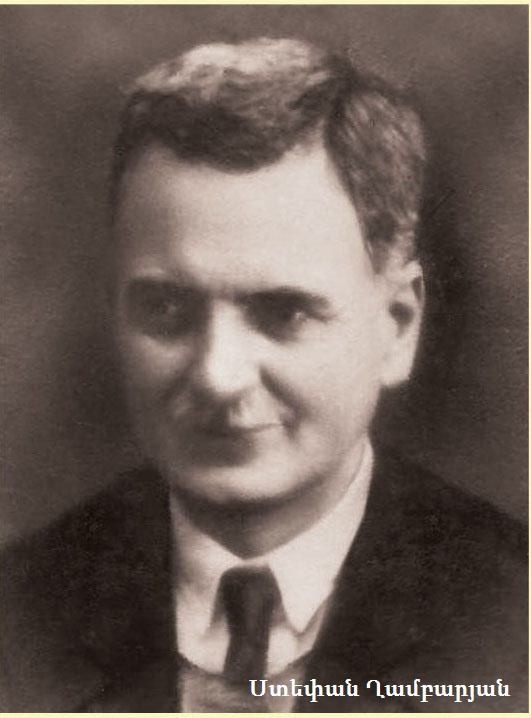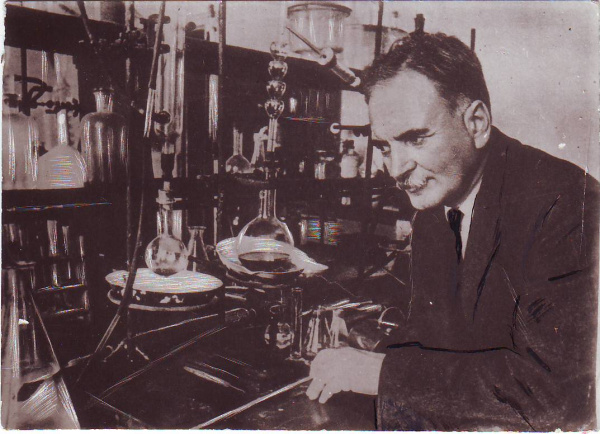
Ph.D., professor, correspondent member of the Academy of Sciences of the ASSR, and honored figure of science of the ASSR
He was born on June 23, 1879, in Kojori town of Tbilisi. In 1884 the family moved to Kiev, two years later to Warsaw, and then to Riga, where he received his primary education. In 1898, Ghambaryan graduated from the Riga Male Gymnasium.
1899-1906, he studied at the universities of Leipzig, Heidelberg, and Munich, specializing in organic chemistry. He worked as an assistant professor at the University of Strasbourg and then transferred to the Higher Agricultural School in Berlin as an assistant professor of organic chemistry.
From 1905 (about 40 years), he studied the mechanisms of peroxides in the oxidation process. He proposed to deal with the issue of cleavage of organic peroxides in the presence of amines, which later became one of the most important directions of organic chemistry.
In 1911, Ghambaryan returned to Transcaucasia and was appointed as the head of the Baku Chemical Laboratory of the Russian Technical Society. In 1914-1920, he lectured at women's higher courses in Tbilisi, while working in the chemical microbiological laboratory of the Department of Agriculture.
In 1920 being invited to YSU, Ghambaryan organized and managed the YSU organic chemistry Chair and organic chemistry laboratory, as well as organic chemistry chairs of medical, agricultural, polytechnic, and animal husbandry-veterinary institutes.
He is rightfully considered the initiator of chemical research activities in Armenia.

He was one of the organizers of the Chemical Institute of the Armenian branch of the Academy of Sciences of the USSR and the first head of the Chair of Organic Chemistry. He took an active part in the development of chemical science and industry in Armenia. His contribution to the founding of the Yerevan Kirov Chemical Plant and the Vanadzor Chemical Combine is great.
In 1926, Ghambaryan became a professor.
In 1935, he received the title of Honored Worker of Science of the ASSR.
In 1937, without a dissertation defense, he received his Ph.D.
Ghambaryan was arrested on July 17, 1938, and on September 6, 1939, was sentenced to 10 years in a correctional labor colony.
In 1944, Ghambaryan returned to Yerevan and started research activities. In 1945, he was elected a correspondent member of the Academy of Sciences of the ASSR.
Ghambaryan passed away on March 7, 1948, in Moscow, and was acquitted in 1955.
His bronze bust is placed in the lobby of the YSU central building.

